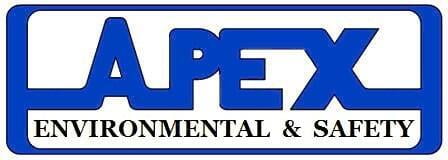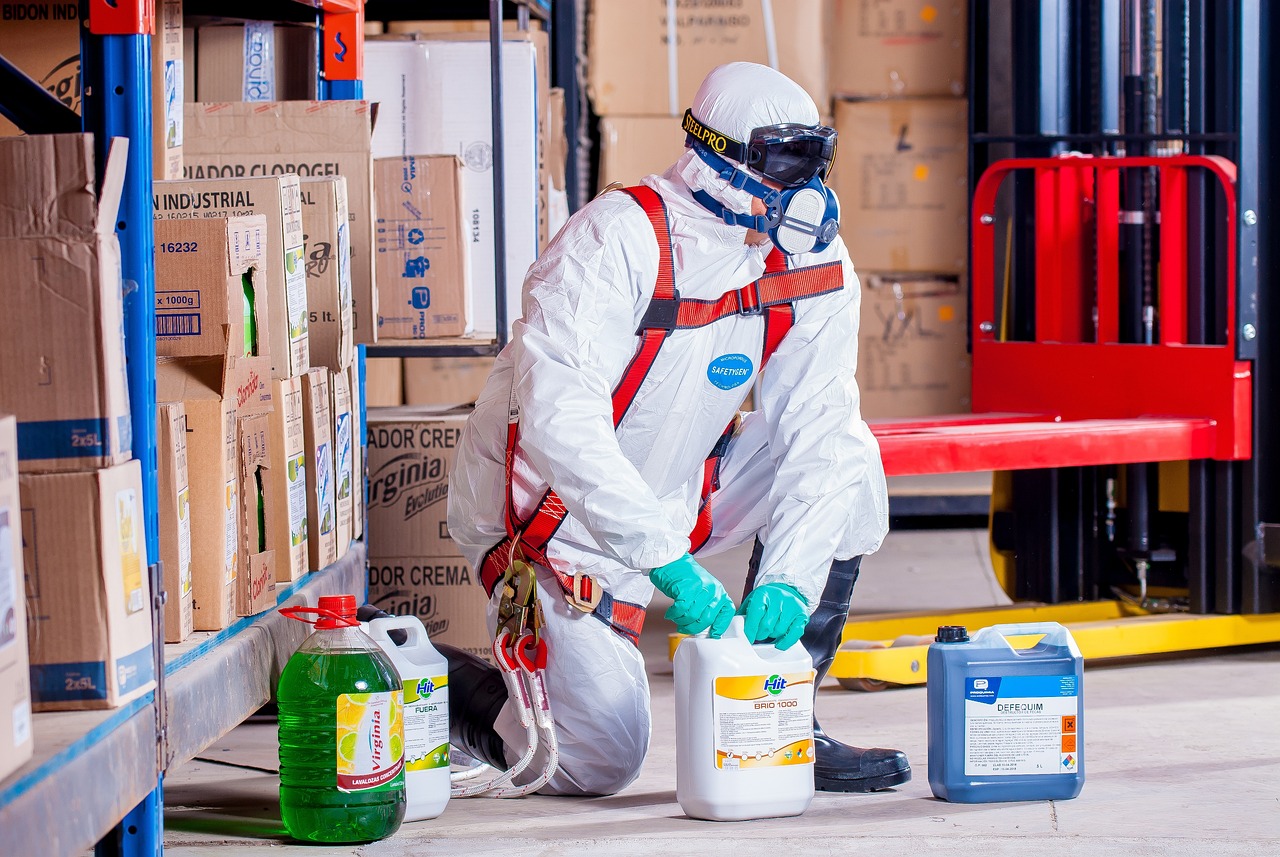Chemical safety is paramount in workplaces where hazardous chemicals are used, stored, or handled. Failure to follow proper safety procedures can lead to serious injuries, illnesses, and environmental contamination. To ensure the safety of all personnel and prevent adverse impacts, it's crucial to adhere to strict chemical safety protocols.
Firstly, conduct a thorough risk assessment to identify hazardous chemicals present in the workplace and assess potential risks to workers, the environment, and surrounding communities. Use safety data sheets (SDS) to gather information on chemical hazards, safe handling procedures, and emergency response measures.
Secondly, implement engineering controls such as ventilation systems, containment measures, and isolation devices to minimize exposure to hazardous chemicals. Store chemicals in designated areas with proper labeling, segregation, and secondary containment to prevent spills and leaks.
Thirdly, provide comprehensive training to workers on chemical safety practices, including proper handling, storage, and disposal procedures, as well as the use of personal protective equipment (PPE) such as gloves, goggles, and respirators. Ensure that workers understand the potential hazards associated with each chemical they work with and how to respond in case of emergencies.
Lastly, establish procedures for chemical spill response, fire suppression, and evacuation in the event of accidents or incidents involving hazardous chemicals. Conduct regular inspections and audits to ensure compliance with chemical safety regulations and standards.
By prioritizing chemical safety and following established protocols, we can prevent accidents, protect human health and the environment, and ensure a safe working environment for all.
Hazardous Waste:
Proper management of hazardous waste is essential for protecting human health and the environment from the harmful effects of hazardous chemicals and pollutants. As organizations, it's our responsibility to ensure that hazardous waste is handled, stored, and disposed of safely and in compliance with regulatory requirements.
Firstly, identify and characterize hazardous waste generated by your organization's operations, including chemicals, solvents, oils, and other potentially harmful substances. Implement measures to minimize the generation of hazardous waste through source reduction, process optimization, and recycling initiatives.
Secondly, establish proper storage and handling procedures for hazardous waste to prevent spills, leaks, and contamination of soil and water. Use appropriate containers, labeling, and secondary containment measures to ensure the safe storage and transport of hazardous waste.
Thirdly, develop a comprehensive hazardous waste management plan that outlines procedures for waste collection, segregation, packaging, and disposal. Ensure that personnel responsible for handling hazardous waste are properly trained and equipped with the necessary knowledge and tools to do so safely.
Lastly, ensure compliance with hazardous waste regulations and requirements set forth by local, state, and federal authorities. Keep detailed records of hazardous waste generation, transportation, and disposal activities to demonstrate compliance and facilitate regulatory reporting.
By prioritizing proper hazardous waste management practices and adhering to regulatory requirements, we can minimize environmental contamination, protect public health, and promote a cleaner and safer environment for current and future generations.

